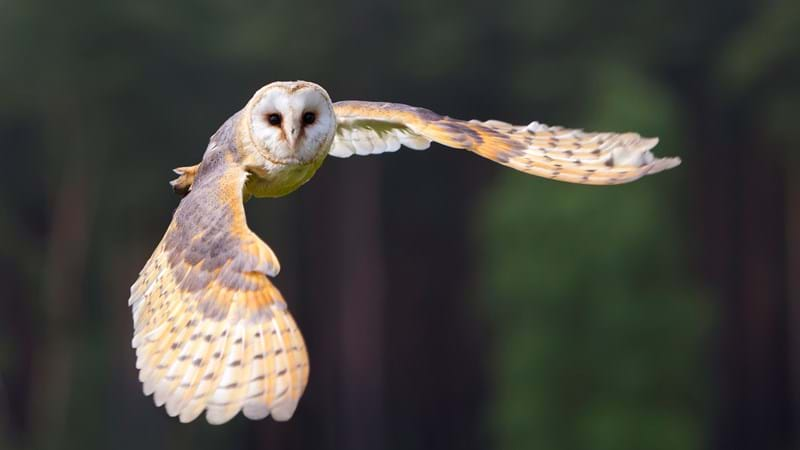Sharing our understanding of the local wildlife and habitats
Published
28 Sep 2020

Share this article
The A428 team has been meeting remotely with representatives from local natural history and environment groups and local representatives from nationwide conservation bodies.
These biodiversity knowledge-sharing sessions have helped us understand conservation concerns in the local area, so that we can plan to protect it more effectively as part of our application for Development Consent.
This has included confirmation about where bird species such as Barn Owl and reptiles such as the Common Lizard are located. We’ve also learnt more about the behaviour of other species such as bats, who use the brooks near the scheme as corridors to fly and feed along.
We’re finalising our biodiversity baseline for the scheme which describes the species and habitats around the area. We do this by carrying out surveys of a number of key species so that we can map their distribution in relation to the scheme. Confirming the presence and number of species allows us to track their distribution and monitor their behaviour. This will allow us to understand existing biodiversity and has helped us plan how we will protect the various plants, animals and their habitats in the scheme area.
Most of our biodiversity surveys are complete, though some will continue until we submit our application for Development Consent so we can make sure our baseline remains up to date. Our ecologists have used a range of sources of existing data recorded by local natural history and environment groups.
Reaching out to local specialists has given us valuable information to confirm our understanding of the existing environment. For example, local groups have been studying the way the Otter has responded to recent releases which have been undertaken to try to re-establish this species in Bedfordshire and Cambridgeshire. We have been able to reconfirm their findings through our survey results - both have shown that Otters are back and spreading throughout the area.
These sessions have also helped us ensure that the new habitats planned as part of the scheme will link to and complement existing and planned habitats bordering the scheme. This will help a range of animal and plant life to travel around the area, such as bats which use the area for foraging and commuting, sometimes travelling up to ten miles.
Insight from local specialists has helped us to understand the wider picture, giving us potential new ideas, whilst helping them to understand the scheme and allowing them to ask questions about it.
Thank you to all those who have taken part.
Follow us on social media to stay up to date on the latest scheme news:
Facebook - @A428BlackCat
Twitter - @A428Cat
